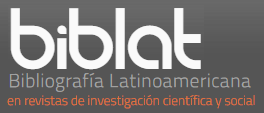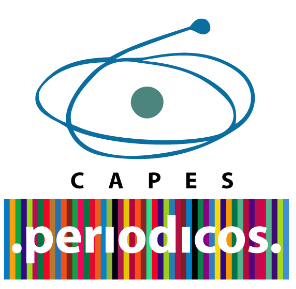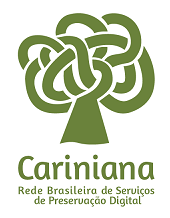Tooth brushing and fluorosis risk in children
DOI:
https://doi.org/10.5433/1679-0367.1997v18n1p07Keywords:
Fluoride, Fluorosis, Tooth Brushing, Toolllpaste, Fluoride Children.Abstract
The present study showed that the average of toothpaste ingestion was low, varying from 119 to 226 mg. However, based on these results the consumption of fluoride was relatively high and proportional to the concentration of fluoride in the existing toothpaste. The chronicle overdose risk varies with the fluoride in the toothpaste and in the Public System of Water Supply and with the tooth brushing frequency. It was concluded that up to two tooth brushings a day, toothpaste with 1200 PPM does not produce any chronicle overdose risk in children who live in cities without fluoride in the water supply. However, children in cities with fluoride in the water supply can have problems. According to the American Dental Association (ADA) 1995 fluoride supplementary table and to the daily dose off fluoride (STEWART et al., 1982), the toothpaste with 1450 PPM cam not be used by children aged 2 to 5 years because the ingestion of fluoride was above the safety limit. Perhaps this fact has contributed to the suspected or slight incidence of fluorosis in our population.
Downloads
Downloads
Published
How to Cite
Issue
Section
License
Copyright (c) 2010 Semina: Ciências Biológicas e da Saúde

This work is licensed under a Creative Commons Attribution-NonCommercial 4.0 International License.
adopts the CC-BY-NC license for its publications, the copyright being held by the author, in cases of republication we recommend that authors indicate first publication in this journal.
This license allows you to copy and redistribute the material in any medium or format, remix, transform and develop the material, as long as it is not for commercial purposes. And due credit must be given to the creator.
The opinions expressed by the authors of the articles are their sole responsibility.
The magazine reserves the right to make normative, orthographic and grammatical changes to the originals in order to maintain the cultured standard of the language and the credibility of the vehicle. However, it will respect the writing style of the authors. Changes, corrections or suggestions of a conceptual nature will be sent to the authors when necessary.
This Journal is licensed with a license Creative Commons Assignment-NonCommercial 4.0 International.

















